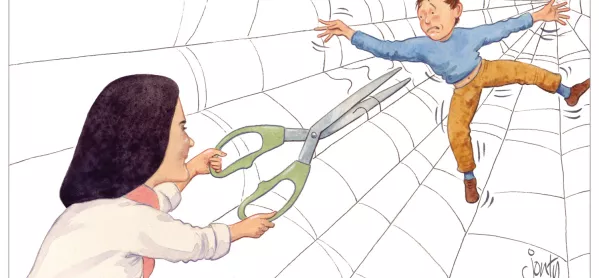For me, the best and worst things about the internet are two sides of the same coin: anyone can post and share almost anything online, which is great, but then again this means anyone can post and share almost anything - potentially troublesome, to say the least.
Facebook has recently made headlines following the “fake news” fiasco in the aftermath of the US election. Once it was just a place where you could keep in touch with that mate from uni who now lives in Sydney and like each other’s selfies, but over the years our timelines have moved on and the increasing presence of news is clear.
Yes, Facebook has now transformed into an important source of news, putting it up there with newspapers and broadcasters in terms of consumption. People share news with their “friends” and “followers” now at levels that they didn’t before.
Perhaps this, coupled with the advertising platforms that now exist on Facebook and its competitors, is why completely made-up stories like “Barack Obama admits he was born in Kenya” have become more common.
It begs the question: is the internet leaving us more misinformed?
A lot of us are vulnerable to fake stories, even if we like to believe we’re not
Fake headlines can perhaps be somewhat amusing, but behind them lies a pretty big problem: a lot of us are vulnerable to such stories, even if we might like to believe we’re not.
One study carried out at Stanford University, in California, suggests that most students don’t know when news is fake: 82 per cent of middle-schoolers couldn’t distinguish between an advert labelled as sponsored content and a real news story. Gulp. It seems that a large photo being attached to a story or how much detail they contain is what they are using to judge the credibility of a share, rather than the source.
Of course, our computing programme of study requires that we teach children how to “be discerning in evaluating digital content”, but is it enough? Young people need a healthy sense of scepticism modelled from all directions, and that includes their family - the younger this starts, the better. Approaching news sources with the mindset of a fact-checker and looking for multiple sources must become second nature.
While teachers across the US pull out their hair over the Stanford study, Facebook CEO Mark Zuckerberg and his colleagues are developing algorithms to separate the real from the made-up. Google has also announced that it is cutting fake news sites off from its advertising network. It’s encouraging to see the big players taking this seriously and perhaps this is one way forward.
But in the end, surely it’s down to us to decide what to take seriously and what to scroll past, and to teach young people how to do the same?
Claire Lotriet is a teacher at Henwick Primary School in London. She tweets @OhLottie and blogs at clairelotriet.com





